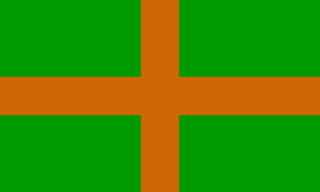
The International Four Day Marches Nijmegen is the largest multiple day marching event in the world. It is organised every year in Nijmegen, Netherlands in mid-July as a means of promoting sport and exercise. Participants walk 30 km (19 mi), 40 km (25 mi) or 50 km (31 mi) daily, depending on their age and gender and, on completion, receive a royally approved medal (Vierdaagsekruis). The participants are mostly civilians, but there are also a few thousand military participants. Military participants' distance is 40 km, in uniform, carrying at least 10 kg (22 lb) marching weight for men aged 18–49; for women, the weight is optional.
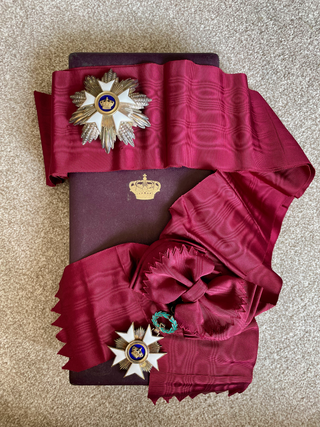
The Order of the Crown is a national order of the Kingdom of Belgium. The Order is one of Belgium's highest honors.

The Military William Order, or often named Military Order of William, is the oldest and highest honour of the Kingdom of the Netherlands. It is named after St. William of Gellone (755–814), the first Prince of Orange. Its motto is Voor Moed, Beleid en Trouw. The chivalric order was established on 30 April 1815 by King William I and was presented for feats of excellent bravery on the battlefield and as a meritorious decoration to senior military officers. Comparable with the French Légion d’Honneur but far less often awarded, it is open to everyone regardless of rank or nobility—not only to Dutch military, but also to foreigners. To date, membership in the Order is extremely rarely awarded, and only for exceptional bravery in battle.

The Order of Orange-Nassau is a civil and military Dutch order of chivalry founded on 4 April 1892 by the queen regent, Emma of the Netherlands.
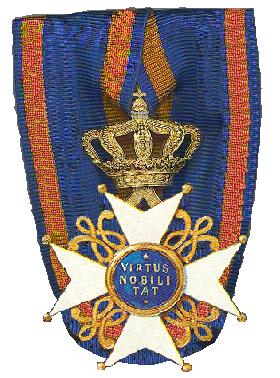
The Order of the Netherlands Lion, also known as the Order of the Lion of the Netherlands is a Dutch order of chivalry founded by King William I of the Netherlands on 29 September 1815.

The Order of the House of Orange, sometimes referred to as the House Order of Orange, is a dynastic order of the House of Orange-Nassau, the royal family of the Netherlands similar to the Royal Victorian Order in the United Kingdom. The order was instituted by Queen Wilhelmina of the Netherlands on 19 March 1905 and is not subject to ministerial responsibility or influence, but is awarded at the discretion of the Dutch monarch alone.

The Dekoratie voor Trouwe Dienst, post-nominal letters DTD, is a South African military decoration. It was instituted in 1920 as a retrospective award for Boer officers of the 1899–1902 Second Boer War.
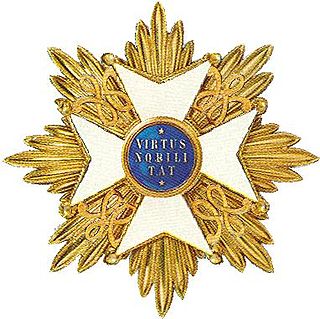
In the Dutch honours system, most orders are the responsibility of ministers of the Netherlands Government. The house orders, however, are awarded at the discretion of the Dutch monarch alone.
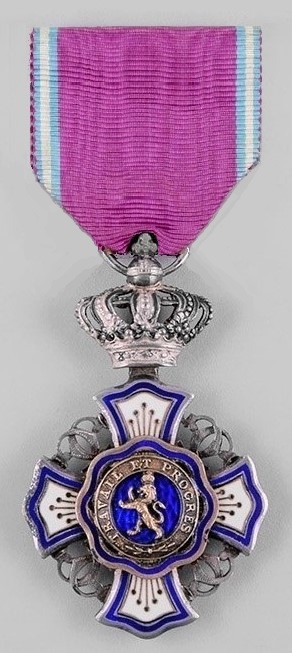
The Royal Order of the Lion was established by King Leopold II of Belgium on 9 April 1891, in his capacity as ruler of the Congo Free State, and was awarded for services to the Congo and its ruler that did not deserve the award of the Order of the African Star, and were not necessarily performed from within Belgian Congo.
The Cross for Courage and Fidelity is a military award that was established by Queen Emma of the Netherlands by Royal Decree on 7 March 1898. The cross replaced the old Medal for Courage and Fidelity, which had limited prestige and status according to the Netherlands government. The cross is the second highest award of the Kingdom of the Netherlands, preceded only by the Military William Order. The cross was awarded to natives of the Netherlands East Indies that showed exceptional display of bravery and fidelity.
The Honorary Medal for Charitable Assistance was created at 18 June 1822 and is after the Military William Order the oldest decoration for bravery in the Kingdom of the Netherlands. Furthermore, the Honorary Medal is the highest civilian decoration still being awarded for bravery, and is specifically for those who carried out a voluntary act of bravery or self-sacrifice, with an emphasis on charity.
The Honorable Mention was an important Military awards and decorations of the Kingdom of the Netherlands for those who distinguished themselves by acts of high bravery, but weren't eligible yet for the highest accolade of the Military William Order. The Honorable Mention was in fact not a medal but a mention in the proclamation of the Dutch army, to honor the soldier.
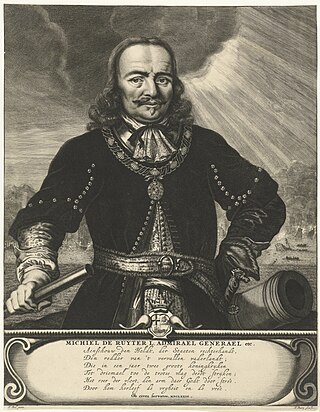
De Ruyter Medal was created by royal decree no. 1 on 23 March 1907 by Queen Wilhelmina of the Netherlands, on the three hundredth birthday of Admiral Michiel de Ruyter
The Decoration of Merit is an important military decoration for bravery in the Netherlands. The medal was established by the Dutch minister of defence, Wim van Eekelen, on 16 April 1987. The award was created by ministerial decree and is therefore a medal of the Netherlands Ministry of Defence and not a royal decoration.

The Commemorative Medals for Army Marches are two distinct medals awarded for participating in the two marches organised yearly by the Belgian Army. They are not decorations, but they may be worn by members of the Belgian Armed Forces on their uniform during the year following the participation if they request it. For members of the Belgian Army, participating in the marches counts as operational training.

The avondvierdaagse is an annual Dutch and Surinamese walking event where the participants walk every evening for four days.
The Star for Loyalty and Merit was a civilian award established on 1 January 1894 by Governor-General Carel Herman Aart van der Wijck of the Dutch East Indies. The star replaced the old Medal for Civil Merit, which had limited prestige and status according to the Netherlands government. The star was awarded in gold to "significant and meritorious" natives, and in silver to village chiefs and leaders of the "Eastern foreigner" communities. Dutch (Europeans) were not eligible to receive the star.
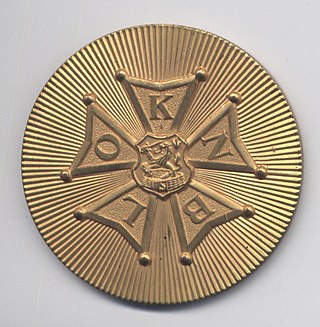
The Group Medal of the Four Day Marches is a non wearable bronze presentation medal awarded to each registered group who successfully completes all four days of the International Four Days Marches Nijmegen held annually at Nijmegen, Netherlands.

The Orderly Medal of the Four Day Marches was awarded between in 1965 and 2016 by the KNBLO, or Royal Dutch League for Physical Education, to those who gave support to walkers participating in the International Four Days Marches held annually at Nijmegen, the Netherlands.

The Decoration for Order and Peace is a military award of the Netherlands. The medal was established on 12 December 1947 by royal decree of Queen Wilhelmina. The medal commemorates at least three months of service in the Dutch East Indies and adjacent waters during the Indonesian National Revolution. It was awarded to members of the Netherlands Armed Forces and the Royal Netherlands East Indies Army. Recipients who were engaged with hostile parties in a military context could be awarded clasps indicating the year of the action.

























